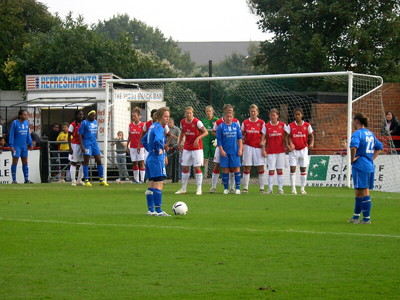
The Rules of the Game that were codified by the Football Association in 1863 have been chopped and changed so many times since they were first introduced that a game of football played today might be close to unrecognisable for someone from back then.
Whether it be the markings of the football pitch or the shape and size of the ball or the goal itself, few areas of the sport haven’t been altered during the one hundred and fifty plus years since the rules were first written down.
Of all of the rule changes that have taken place, none have caused the confusion and consternation that occurred when the back-pass rule was introduced in 1992. Modern football fans and players understand that the goalkeeper isn’t allowed to simply pick up the ball, having grown up with the rule being a part of our lives.
For the players and supporters at the time, however, this was an alien concept, given that virtually all teams used the ability to pass the ball back to the man between the sticks as a time-wasting tactic. When and why did that all change?
What Happened Before The Back-Pass Rule?
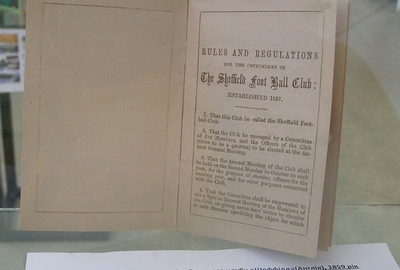 In order to be able to understand just how much of a big deal the introduction of the back-pass rule was, it’s firstly important to know what the players were allowed to do before. Prior to 1992 a goalkeeper was allowed to pick up the ball regardless of the circumstances.
In order to be able to understand just how much of a big deal the introduction of the back-pass rule was, it’s firstly important to know what the players were allowed to do before. Prior to 1992 a goalkeeper was allowed to pick up the ball regardless of the circumstances.
This was one of the rules that most closely linked football to rugby, the sport that it split away from when the Rules of the Game were codified in 1863.
Whilst most of the time football teams used the ability to pass the ball back to their goalkeeper as a method of building again from the back, plenty used it as an opportunity to waste time.
Indeed, during their period of domination in both England and Europe, Liverpool players would regularly employ the goalkeeper to help them kill a game off. Many believe that it wasn’t a coincidence that the club went through a barren period trophy-wise after the back-pass rule was introduced.
Why The Rule Came In
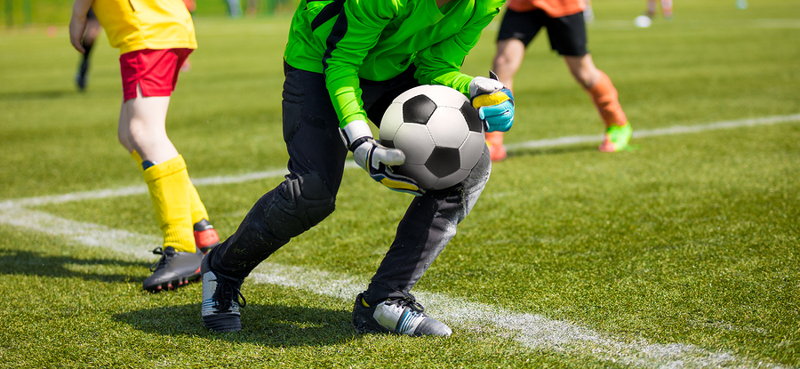
Football might well be a competitive game that brings out the worst in numerous participants, but it’s also a spectator sport. If the games are dull then fewer and fewer people will turn up to watch them being played.
The World Cup of 1990, hosted by Italy, is widely considered to be the reason FIFA introduced the back-pass rule, such is the extent to which it was used by teams during that tournament. That World Cup averaged 2.2 goals per game, which remains an all-time low.
When the First Division was re-launched as the Premier League in 1992 it was seen as the perfect opportunity to mix up the Rules of the Game a little bit. The decision was encouraged when Denmark used the ability to pass the ball back to the goalkeeper in order to waste time on their way to the title at Euro 1992.
It came in in order to stop such boring matches occurring and to ask more of goalkeepers who had previously been used to being able to falling on the ball and gathering it up rather than needing to kick it out with their feet.
The Rule Now
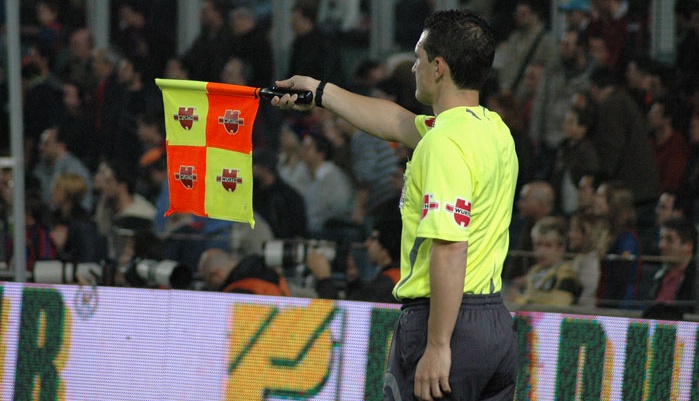
The alteration to Law 12 of the Laws of the Game is what stopped goalkeepers from being able to pick up the ball in the manner that they’d been used to doing for the previous hundred years. They can still gather it up if it comes their way courtesy of an opposition player or if the touch that sends it their way from one of their own players is clearly an accident, but otherwise they can only pick the ball up if it’s been sent their way by a teammate using their head, chest or knee.
As is often the way in competitive sport, players have attempted numerous ways of circumnavigating the rule in the past. This is, however, ruled to be illegal, meaning that players can’t, for example, flick the ball up to themselves and then head it to the goalkeeper. Similarly, footballers are forbidden from heading the ball along the ground in a manner that would normally be suitable for playing with the foot.
The United States Soccer Federation made an outlining of the rule that was really clear and easy to understand. They said the following:
- If the ball is kicked towards the goalkeeper by one of their teammates using their foot and
- The action is deliberate
- The goalkeeper picks up the ball without it having been touched by anyone else
- Then the opposition will be awarded an indirect free-kick
Important things to note are that the ball doesn’t actually have to have been played backwards, despite the rule’s name. It’s also not necessary for it to have been a pass, nor for the player to be attempting to play it to the goalkeeper.
To phrase that another way, the player could be attempting to play the ball out or looking to pass it to a teammate but if the goalkeeper picks it up before it’s gone out or reached the other player then it will be deemed to have been a deliberate decision and a free-kick will be awarded.
The Rule’s Introduction
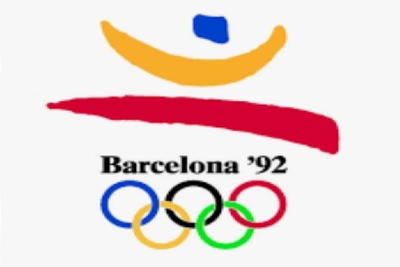 The back-pass rule came into effect in time for the Olympics in the summer of 1992. The first game was played between Italy and the USA on the 24th of July that year. As a result, the last time that a ball was passed back to the goalkeeper legally in a high-profile game occurred during a match between El Salvador and Nicaragua the day before, when the two teams went head-to-head in a CONCACAF World Cup qualifying game.
The back-pass rule came into effect in time for the Olympics in the summer of 1992. The first game was played between Italy and the USA on the 24th of July that year. As a result, the last time that a ball was passed back to the goalkeeper legally in a high-profile game occurred during a match between El Salvador and Nicaragua the day before, when the two teams went head-to-head in a CONCACAF World Cup qualifying game.
If you’d like a more high-profile match than that then the moment that Stefan Reuter of West Germany passed the ball to his goalkeeper Bodo Illgner moments before the final whistle of the 1992 European Championship final will have to do.
Should you be interested to know when the last legal back-pass was played in English football then you’ll be pleased to discover that it was an appropriate one. Liverpool were playing against Sunderland in the FA Cup final and Steve Nicol played the ball back to Bruce Grobelaar for the South African goalkeeper to fall on and smother.
Liverpool were also involved in the first competitive match in English football that was played after the introduction of the back-pass rule. The Reds, as FA Cup winners, went up against the First Division champions Leeds United in the FA Charity Shield. Bruce Grobelaar and John Lukic, in the Liverpool and Leeds goals respectively, looked terrified every time the ball came near them. Indeed, Lukic smashed the ball out of play at the first time of asking because he was so concerned about giving away a needless free-kick.
